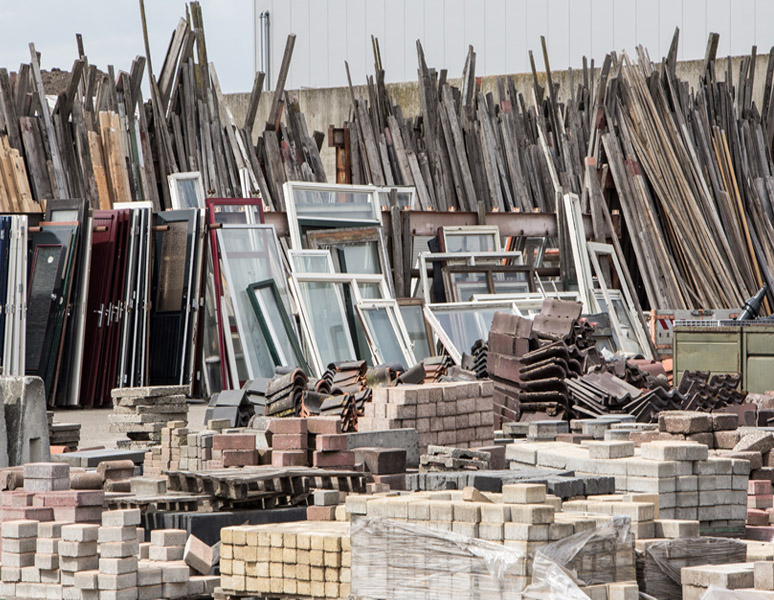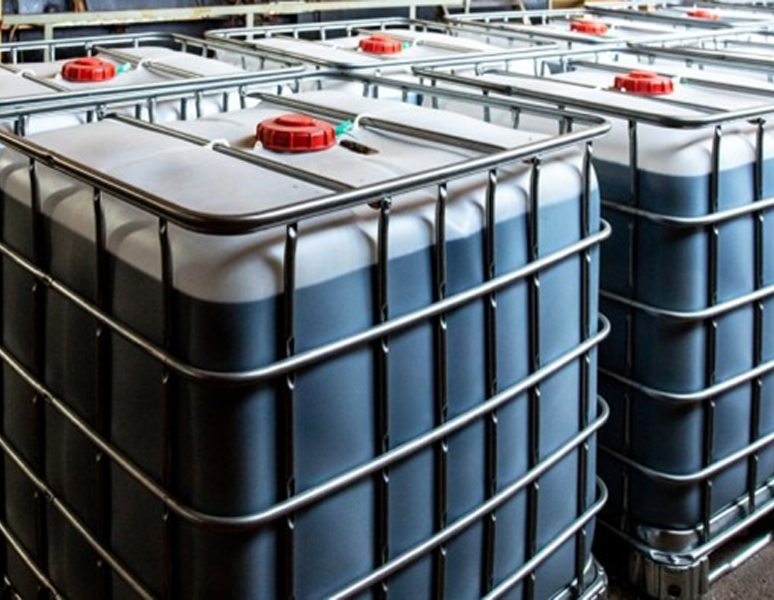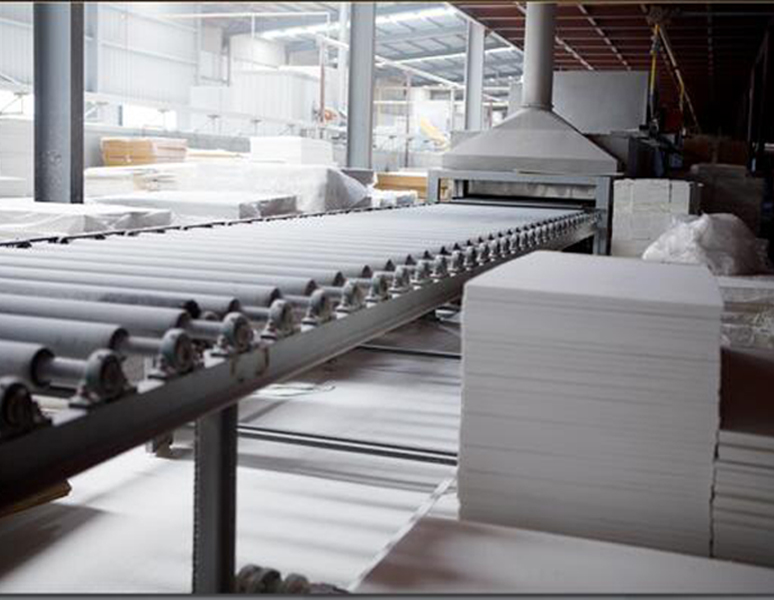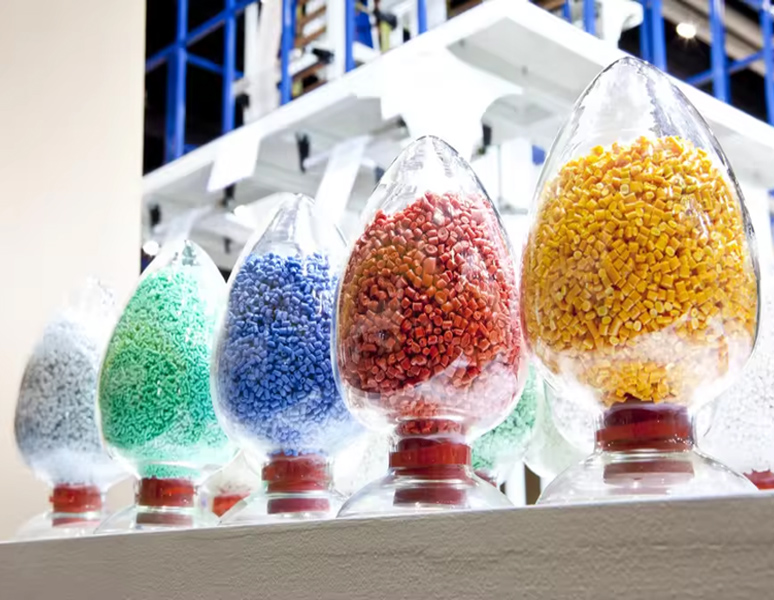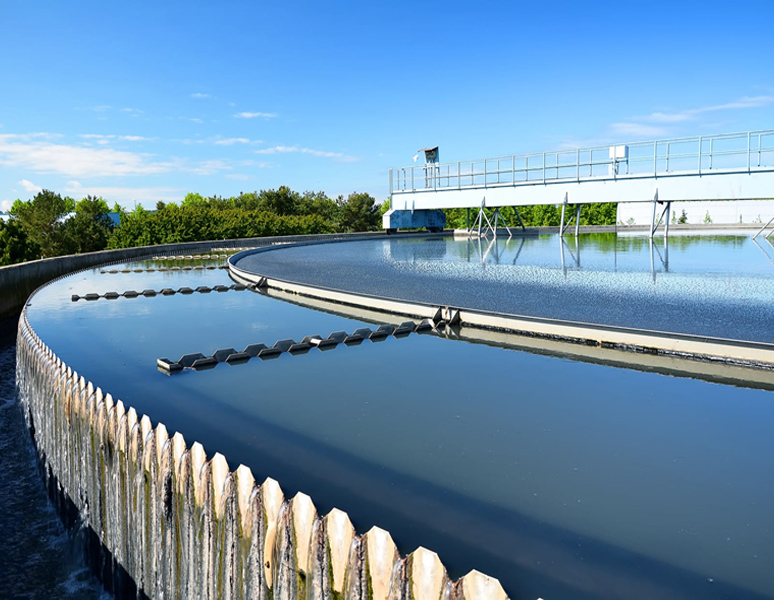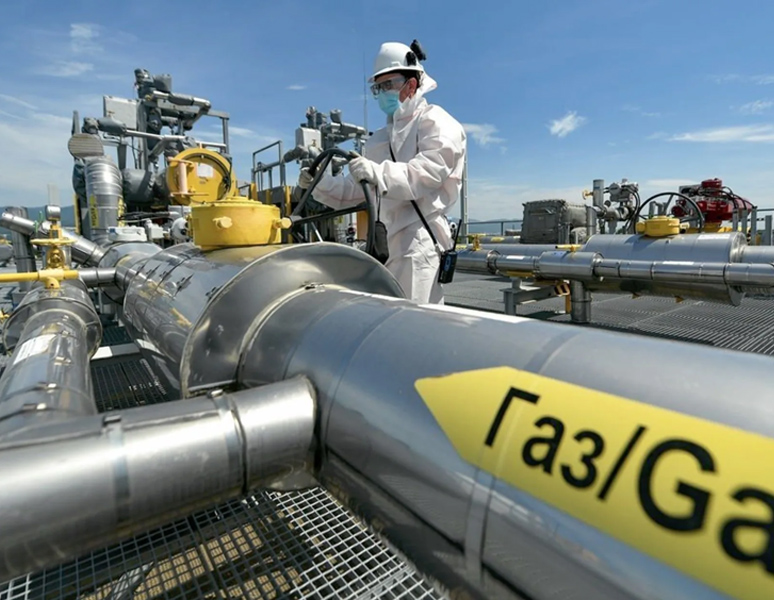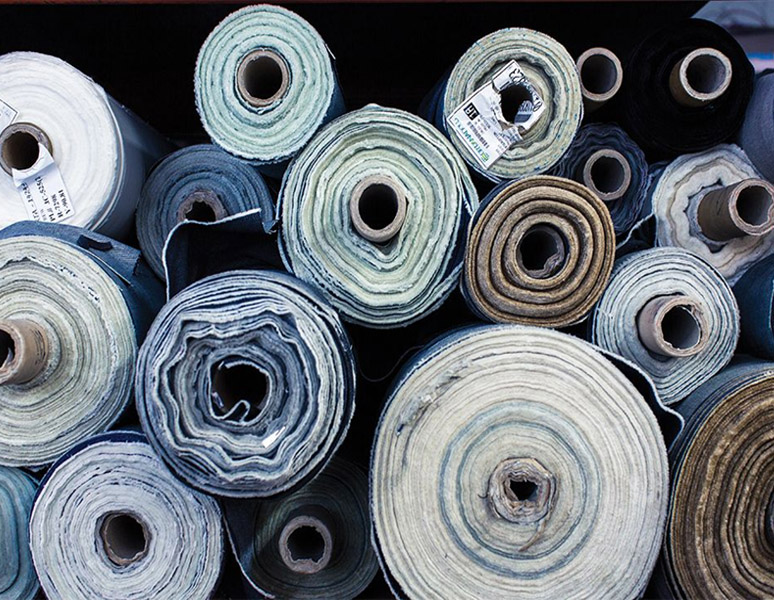Sustainable Materials
The landscape of material usage is undergoing a significant transformation driven by the imperative for sustainability. Traditionally, the life cycle of most products has been linear – raw materials are extracted, processed, used, and then discarded, generating significant waste. This approach is no longer tenable. Sustainable material innovations are emerging as a game-changer across various industries. These innovations focus on creating materials with a minimized environmental footprint throughout their lifecycle. This could involve utilizing recycled content, developing bio-based materials, or employing production processes that consume less energy and water.
The shift towards sustainable materials presents a vast opportunity for businesses. By adopting these practices, companies can not only reduce their environmental impact but also enhance their brand image and cater to a growing customer base that prioritizes responsible consumption. The transition to a circular economy, where materials are reused and recycled to their fullest potential, fosters resource efficiency and reduces dependence on virgin resources. This presents exciting possibilities for collaboration and innovation across the entire supply chain.







